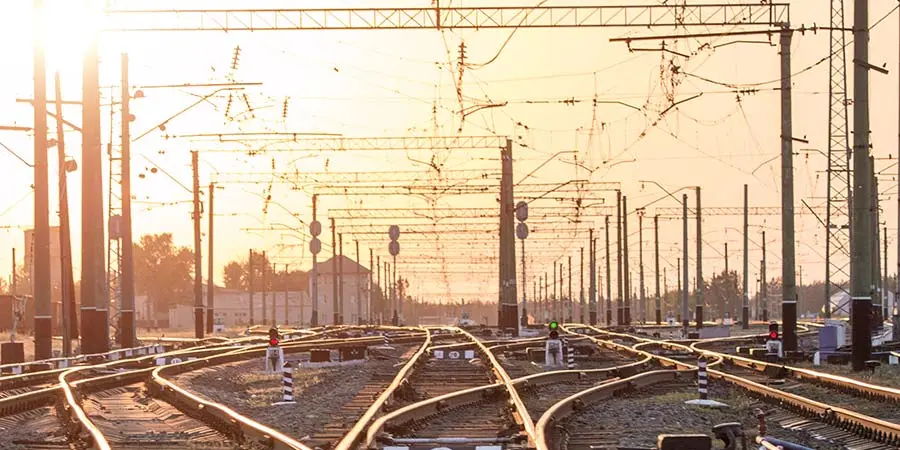
How to assure functional safety of modern railway systems?
The railway industry has experienced significant changes during the past decades. New trains have become more comfortable, faster and safer. Nowadays, they represent one of the most sustainable and ecologically friendly types of transport. Multiple European countries put significant effort to improve interoperability and safety of their overall railway infrastructure. They renovate and modernize railway stations, railroads as well as control, command and signaling systems. This comes with a cost – the complexity of railway systems increases rapidly. Thus, assuring their functional safety becomes a demanding task.
The railway standards help us to deal with the complexity and provide us with a systematic approach to assuring and demonstrating safety of the railway systems and sub-systems.
Prior to taking into use, all safety-related railway sub-systems shall be certified by independent authorities according to CENELEC standards such as EN 50126, EN 50128, EN 50129, EN 50159. The applicable standards vary from one sub-system to another. This is because some sub-systems do not have software, only hardware, making EN 50128 irrelevant or do not have any safety-related communication excluding EN 50159 from the list.
The core notions that consolidate these standards are
- system-level approach to safety
- system safety life cycle
- Safety Integrity Levels (SILs)
- techniques and measures for each SIL
- organization, roles, responsibilities and competences of personnel
- requirements on safety documentation such as Safety Plan and Safety Case
Breaking down large systems into smaller sub-systems minimizes the complexity of the item at hand. At the same time, a well-defined systematic approach to manage Reliability, Availability, Maintainability and Safety (RAMS) through the whole life cycle allows us to achieve compliance with CENELEC EN 5012x standards and ensures safety of the systems up to the certain safety integrity level.
SILs differentiate the safety integrity requirements of safety-related functions allocated to safety-related systems. The higher the SIL, the more rigorous approach to safety one needs to apply. This means that the project team shall use different development techniques and measures to sub-systems with different SILs. In addition to that, the required level of personnel independence is increasing with the SIL.
RAMS plans and reports complete a typical set of project documentation. Safety Plan, Hazard Analysis and Risk Assessment (HARA) Report or Hazard Log, Failure Modes and Effects Analysis (FMEA), Safety Requirements Specification, and Safety Case, just to name a few. It is important to note that the Safety Case together with other project documentation provides the documented evidence that the railway systems or sub-systems meet the system safety requirements. The RAMS documentation shall be submitted to an Independent Safety Assessment (ISA) body in order to obtain the certification in accordance with the listed CENELEC standards.
Text: Yuliya Prokhorova, Team Leader / Functional Safety Expert at Huld